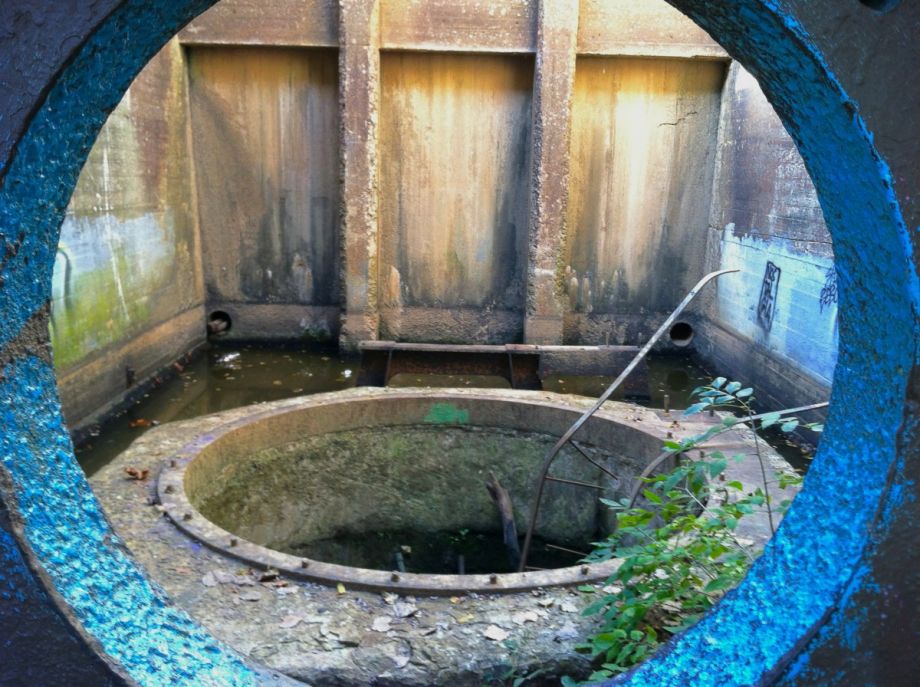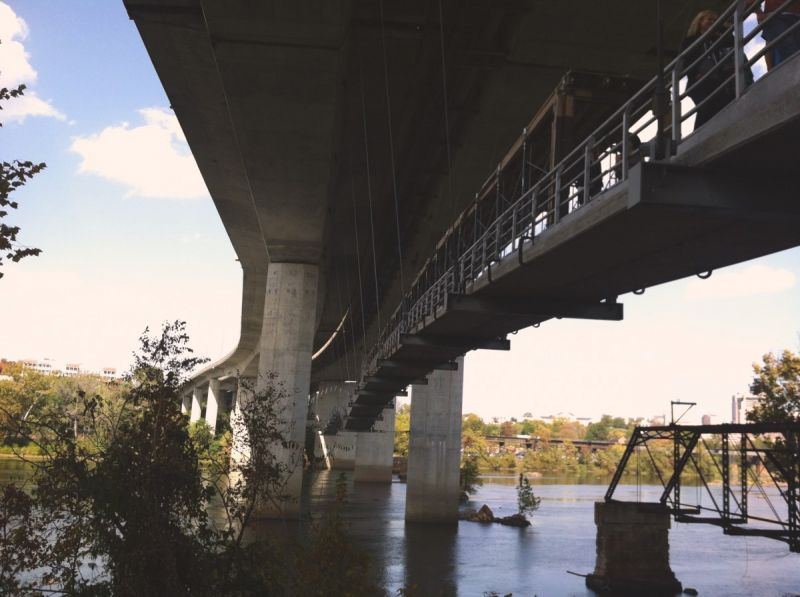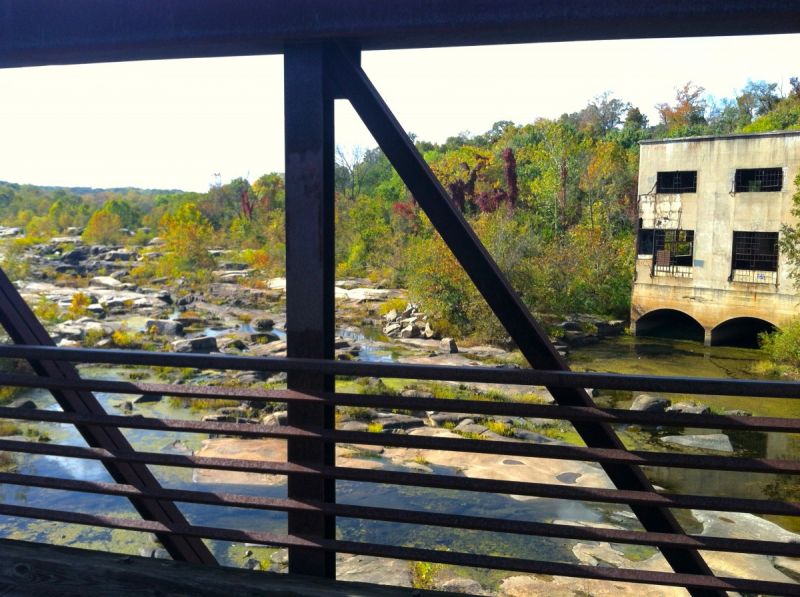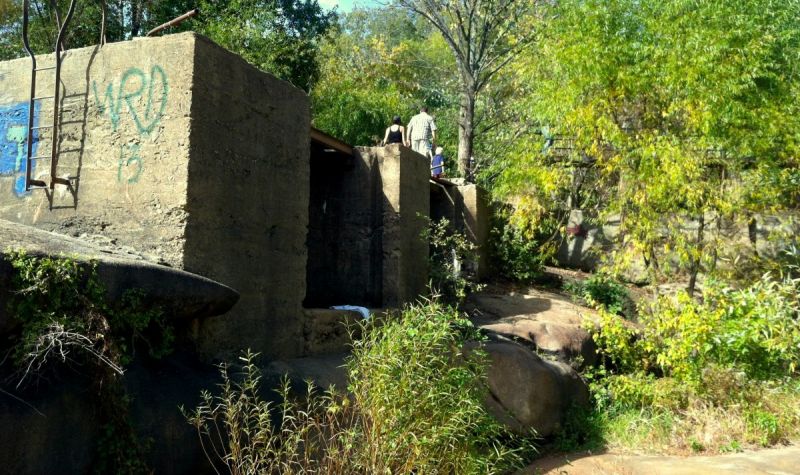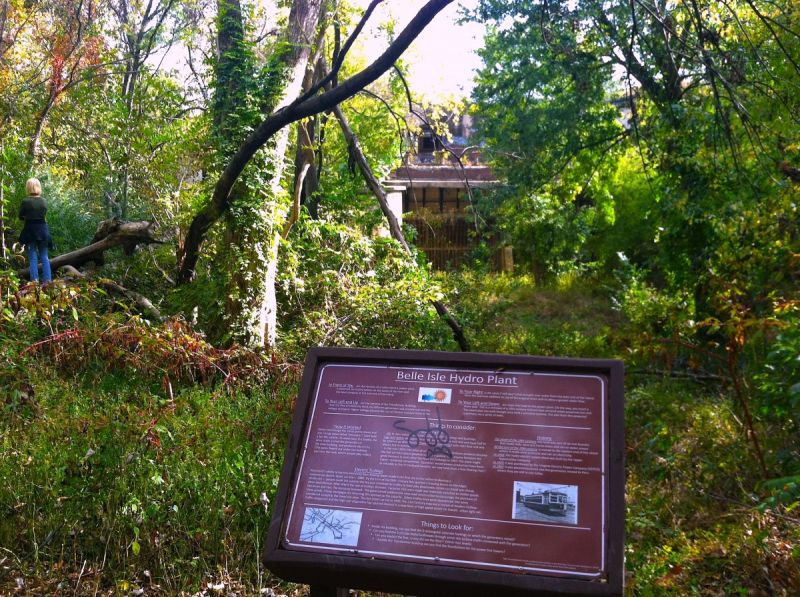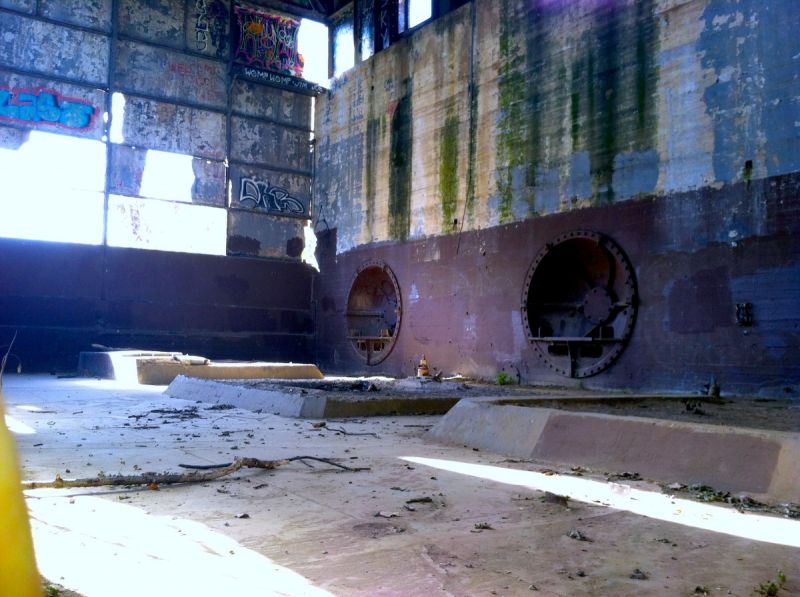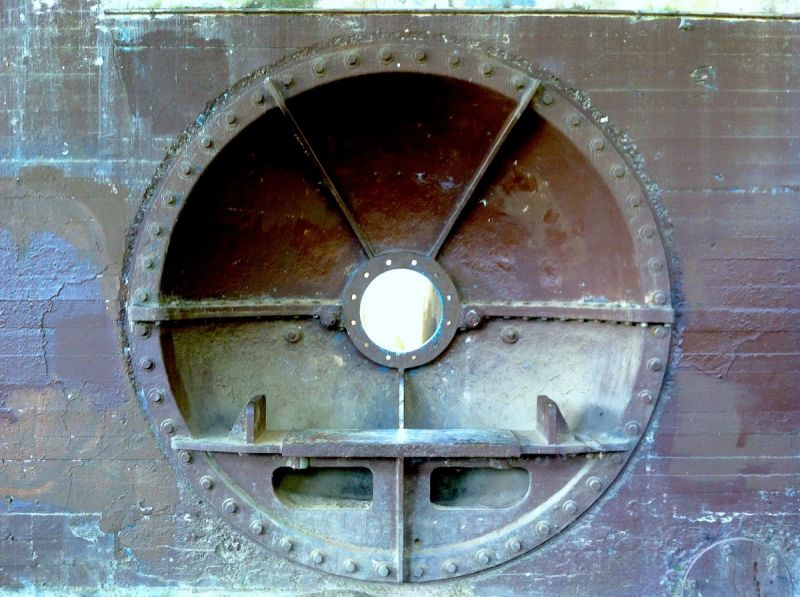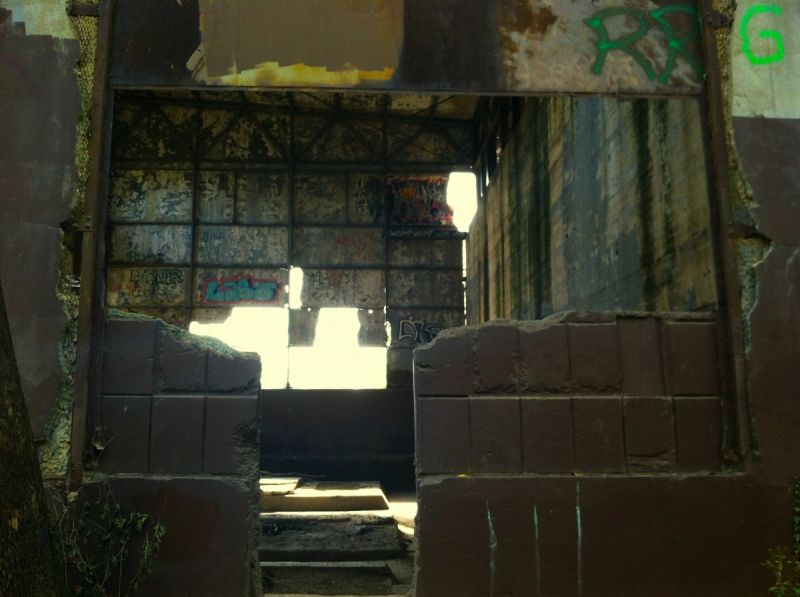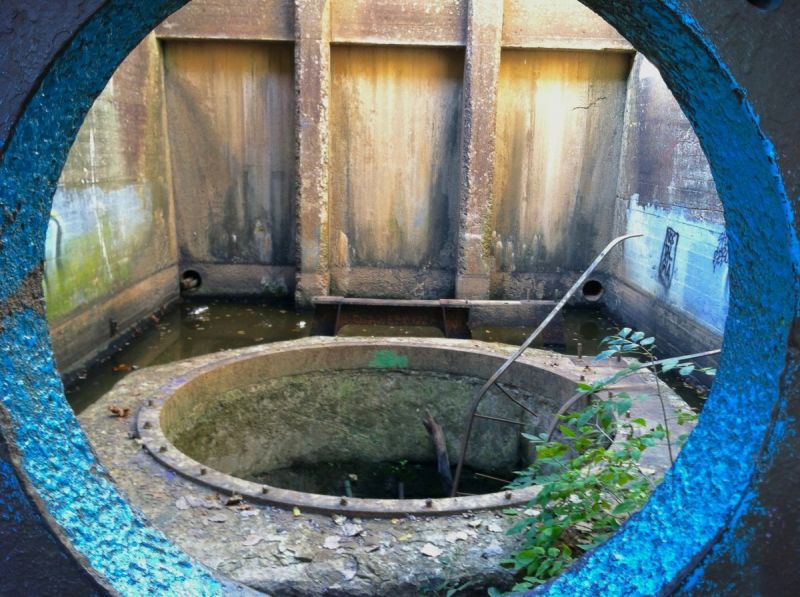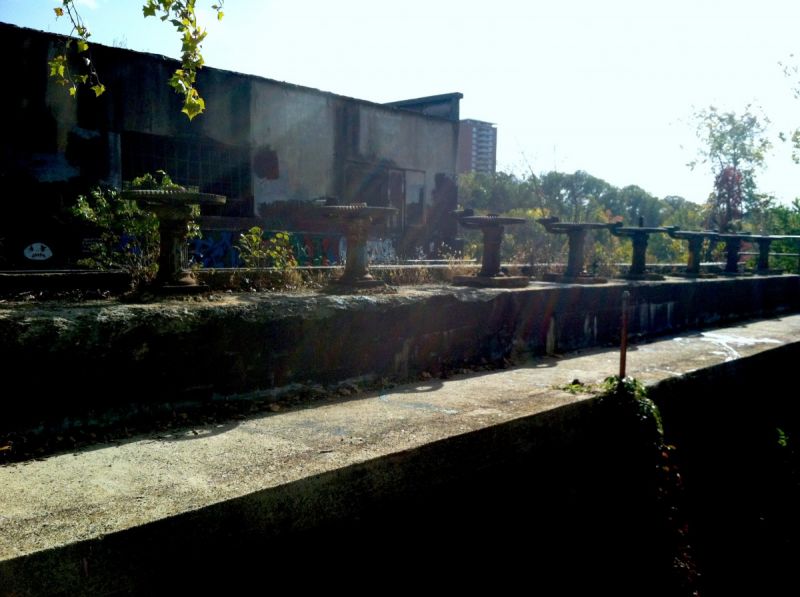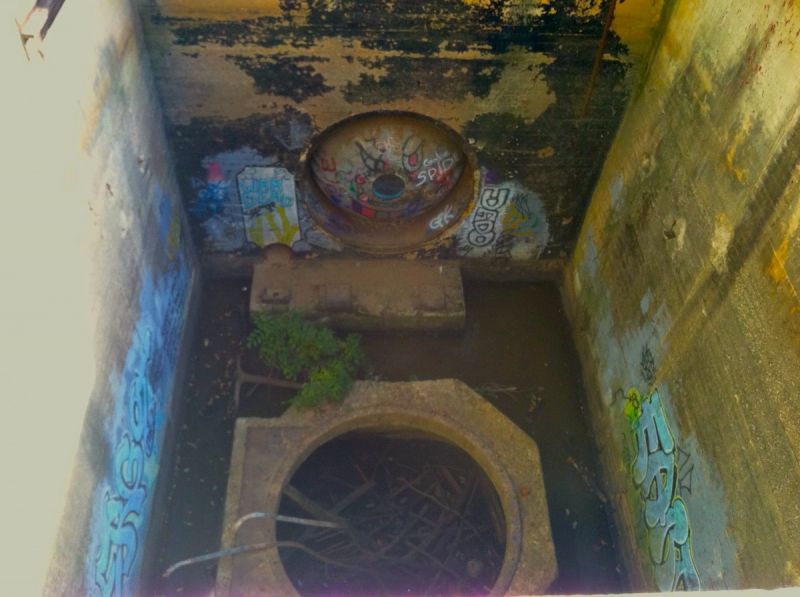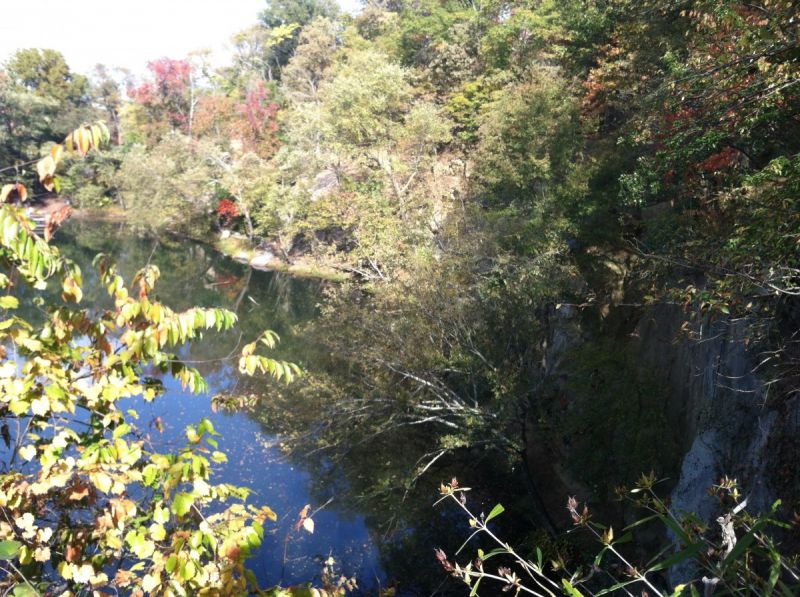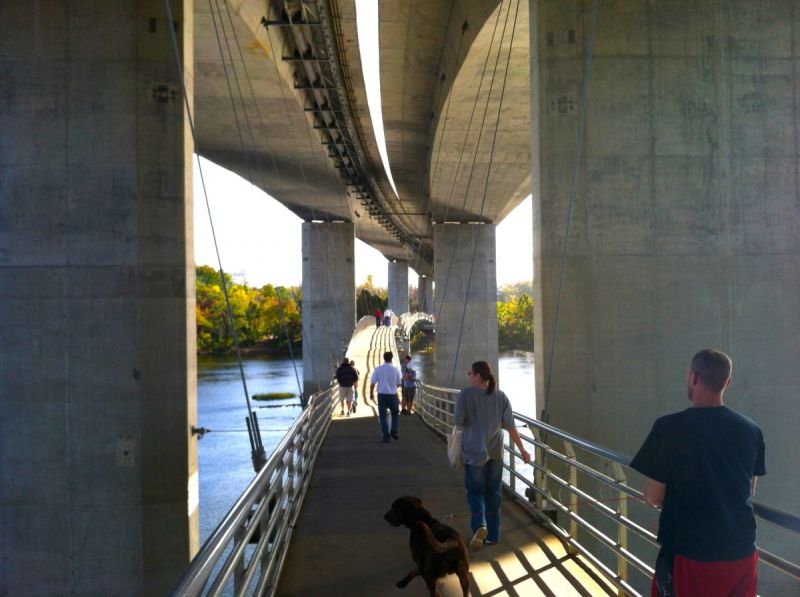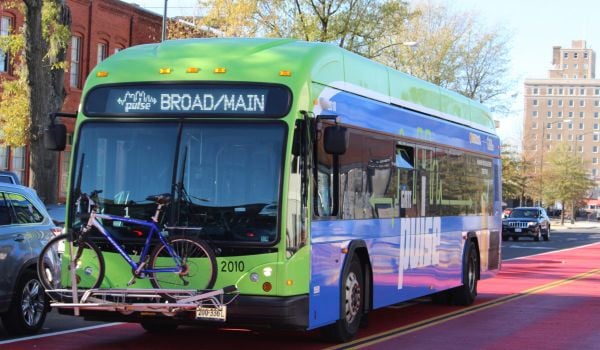In the scramble to cover the newest trends in urban design and planning, lots of ink has been spilled on attempts in big cites to come up with the next hip, eye-catching concept. The High Line in New York City and Philadelphia’s currently speculative imitation, the Reading Viaduct, eat up column inches. Meanwhile, tangible achievements by many small- and mid-size cities are overlooked.
These diminutive cohorts have also grappled with economic desertion and social upheaval, and their reactions to these problems are, at times, smarter and more engaging than the high-profile attempts of more populous and well-resourced cities to reinvent parts of themselves.
Recently, I boarded a MegaBus bound for Richmond, Va., my first visit to the former Southern capital. Besides a surprising level of activity in places like Carytown and astoundingly complete historic preservation work in certain neighborhoods, I was most impressed with the city’s repurposing of Belle Isle. A 54-acre outcropping between the banks of the James River which bisects Richmond, the island has, at various times, hosted quarries, nail works, a Civil War-era POW camp and a hydroelectric power station.
As industrial use faded, the island’s position near downtown Richmond made it an attractive site for a park. But rather than ignore the island’s history of industrial wear, Richmond has embraced pieces of it. Pavilions from old metal works stand as impromptu gazebos. The quarry site has been turned into a rock wall for climbers, and the hydro station has been stripped and left as an urban ruin that visitors are invited to explore and understand. The island is linked to mainland by an attractive skyway, and is quite a popular attraction on warm days.
As I watched families climbing the walls of the former wing dam, and children creeping through the massive, empty powerhouse, I thought of Philadelphia’s Roxborough pumping station, demolished in 2010. A grand, graffitti-covered building, its replacement — nothing — seemed like an avoidable squandering of the city’s industrial past as I peeked through portholes and sluice gates in the bowels of Richmond’s ancient power plant.
Hopefully, these photographs — note that I am most certainly not a professional — will convey some of that allure.
Gallery: Belle Isle Park, Richmond, Va.
All photos by Ryan Briggs
_200_200_80_c1.jpg)
Ryan Briggs is an investigative reporter based in Philadelphia. He has contributed to the Philadelphia Inquirer, WHYY, the Philadelphia City Paper, Philadelphia Magazine and Hidden City.

